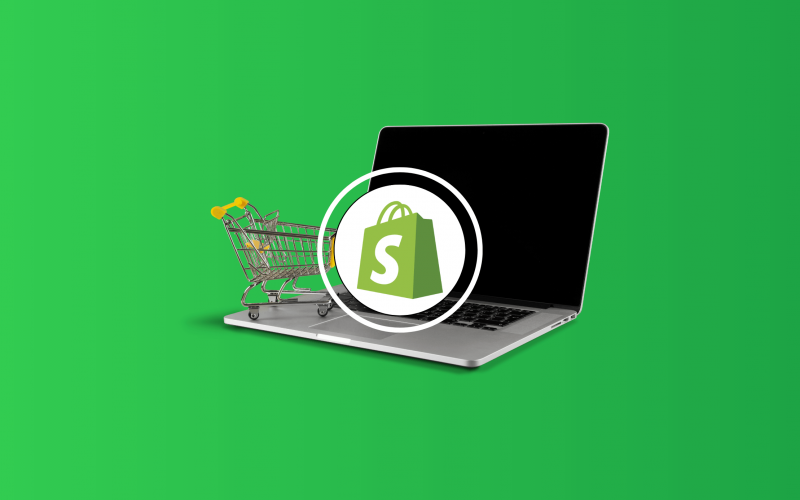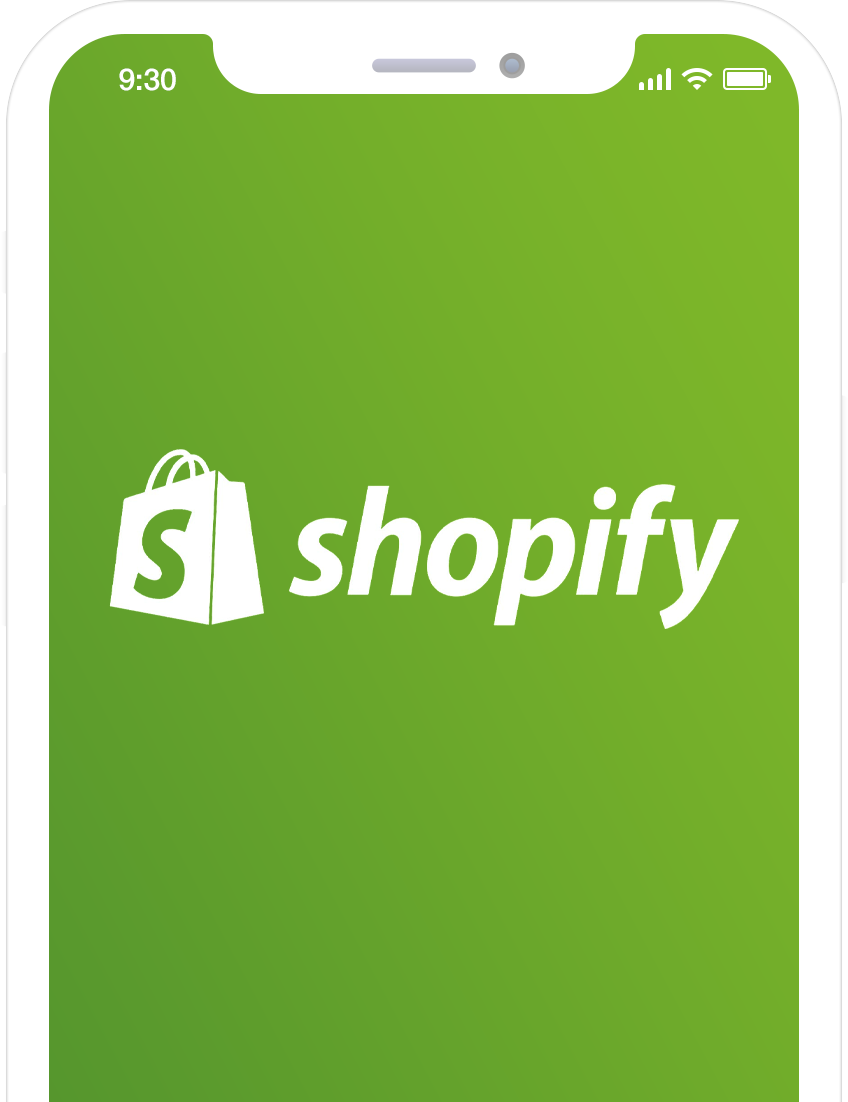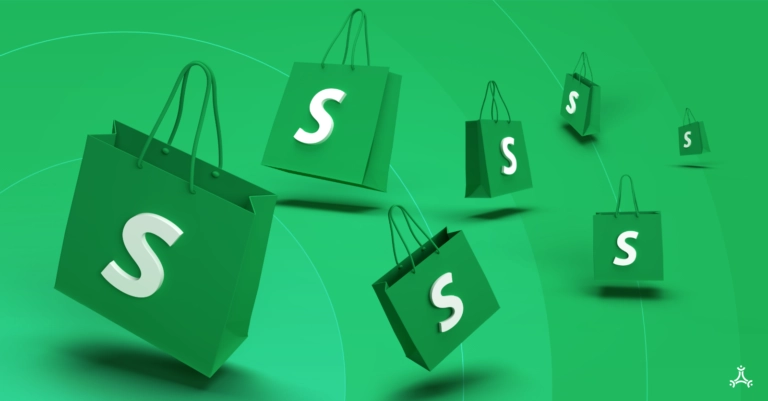Table of Contents
E-commerce continues to grow at an unprecedented pace, and 2025 is shaping up to be another record-breaking year for online sales. Whether you want to launch a side hustle, create a full-time business, or expand your retail presence online, Shopify offers everything you need to start selling products quickly and efficiently.
In this guide, we’ll walk you through step-by-step how to launch your Shopify store from zero — covering setup, design, product management, marketing, and scaling. By the end, you’ll be ready to open your virtual doors and start making sales.

1. Understanding Shopify: The All-in-One E-Commerce Platform
Before you dive in, it’s important to understand what Shopify is and why it’s ideal for beginners.
- Fully hosted: No need to buy separate web hosting.
- Beginner-friendly: Drag-and-drop editor, intuitive dashboard.
- Scalable: Works for both small stores and enterprises.
- Global reach: Sell in multiple currencies and languages.
- Secure & reliable: 99.99% uptime with PCI-compliant payment processing.
In short: Shopify removes the technical barriers so you can focus on building your brand and making sales.
2. Step 1 – Sign Up for Shopify
Go to Shopify.com and click Start Free Trial.
Pro Tips:
- Use a business email address for professionalism.
- Pick a strong password and keep it secure.
- Choose your store name carefully — it will become part of your domain (you can change it later).
3. Step 2 – Choose a Shopify Pricing Plan
Shopify offers several plans in 2025:
| Plan | Monthly Price | Best For |
|---|---|---|
| Basic | $39 | Beginners & small shops |
| Shopify | $105 | Growing businesses |
| Advanced | $399 | High-volume sellers |
Affiliate Tip: If you’re reading this guide via a partner link, you may be eligible for exclusive discounts on your first few months.
4. Step 3 – Set Up Your Domain
You can either:
- Buy a domain directly from Shopify.
- Connect an existing domain from providers like GoDaddy or Namecheap.
SEO Note: A branded, memorable domain improves trust and search rankings.

See also
- Hostinger Uptime & Speed Test (2025): Real Data from My Website
- SEO for Beginners: What Is It and Why Does It Matter in 2025?
- How to Install WordPress on Hostinger in 5 Minutes: A Step-by-Step Guide
5. Step 4 – Customize Your Store Theme
Shopify’s Theme Store offers free and paid options. In 2025, popular themes include:
- Dawn (Free, minimalist)
- Impulse (Premium, conversion-focused)
- Refresh (Free, product-centric)
Customization Tips:
- Use high-quality product images.
- Keep navigation simple.
- Maintain consistent branding (colors, fonts, tone).
6. Step 5 – Add Products
From your Shopify dashboard, click Products > Add Product.
Product Details Checklist:
- Title: Clear and keyword-rich.
- Description: Focus on benefits, not just features.
- Images: Multiple angles, zoom capability.
- Pricing: Competitive, but profitable.
- Inventory tracking: Avoid overselling.
7. Step 6 – Set Up Payment Gateways
In 2025, Shopify Payments supports:
- Major credit cards
- Apple Pay & Google Pay
- PayPal
- Buy Now, Pay Later (BNPL) options
Pro Tip: Offering multiple payment methods increases conversion rates by 10–20%.
8. Step 7 – Configure Shipping
- Define shipping zones.
- Offer free shipping for orders over a certain value to boost average order value (AOV).
- Integrate real-time carrier rates for accuracy.
9. Step 8 – Launch Essential Store Pages
Beyond product listings, your store needs:
- About Us: Share your brand story.
- Contact Us: Build trust and accessibility.
- FAQ: Reduce customer support queries.
- Privacy Policy & Terms: Legal protection.
10. Step 9 – Test Before Launch
Go through the customer journey yourself:
- Add a product to cart.
- Go to checkout.
- Complete a test order using Shopify’s Bogus Gateway.
- Check email notifications and order processing flow.
11. Step 10 – Launch Your Store
Once everything looks great:
- Remove password protection under Online Store > Preferences.
- Announce your launch via email, social media, and ads.
12. Marketing Your Shopify Store in 2025
Launching is just the beginning — now it’s time to drive traffic and sales.
SEO (Search Engine Optimization)
- Use keyword research tools (e.g., Ahrefs, SEMrush) to target product-related keywords.
- Optimize product titles, meta descriptions, and image alt tags.
Social Media Marketing
- Instagram & TikTok for visuals.
- Pinterest for niche product discovery.
- Facebook for retargeting ads.
Email Marketing
- Capture leads with a welcome discount.
- Send weekly or bi-weekly newsletters.
Paid Ads
- Facebook Ads for targeted reach.
- Google Shopping Ads for purchase-ready customers.
13. Managing Your Store for Growth
Once you’re live, focus on optimization:
- Track analytics (Shopify Analytics + Google Analytics).
- Experiment with pricing and offers.
- Collect customer feedback and reviews.
14. Scaling in 2025: Advanced Tips
- Add sales channels (Amazon, eBay, Instagram Shopping).
- Implement loyalty programs.
- Explore international shipping for global reach.
15. Common Mistakes to Avoid
- Overloading with apps that slow your site.
- Ignoring mobile optimization.
- Neglecting customer service.
16. Why Shopify in 2025 Is Future-Proof
Shopify continues to innovate:
- AI-powered store personalization.
- Faster global CDN for speed.
- Seamless integration with emerging payment tech.

Conclusion: Your E-Commerce Journey Starts Now
Starting a Shopify store from scratch in 2025 has never been easier — the tools, support, and market demand are all in your favor. By following these steps and committing to consistent marketing, you can build a profitable online business that runs 24/7.
Call to Action:
🚀 Ready to start your Shopify store?
Sign up for a 3-day free trial and experience firsthand how easy it is to launch, manage, and grow your online business in 2025. The sooner you start, the sooner you sell.


